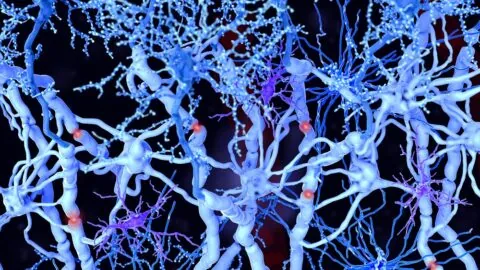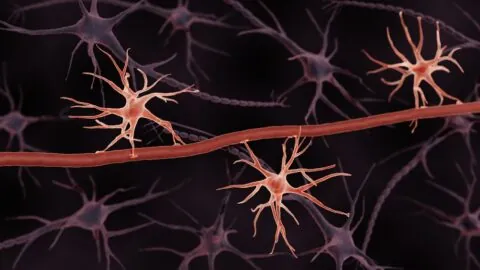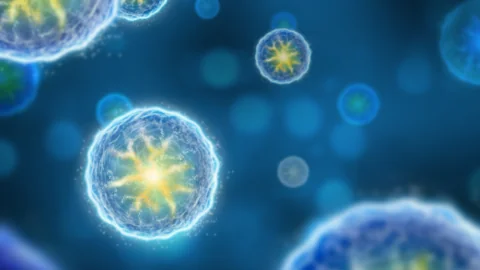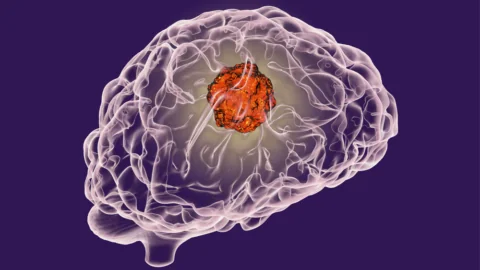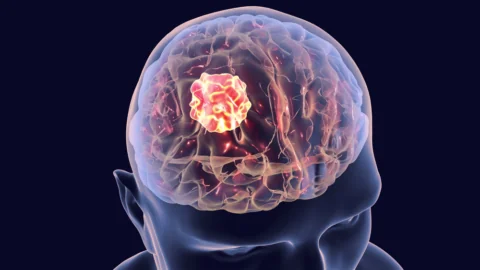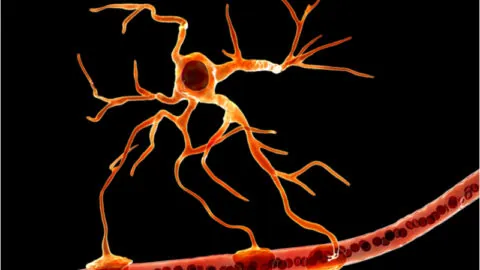March 24, 2024
In Cell, researchers have published a paper outlining the different ways in which brain cells slowly mutate with aging. The genomic damage of aging Cells accumulate mutations with aging, including brain cells [1]. However, as these researchers note, most previous research into these mutations has been on neurons rather than the glia, the helper cells...
March 21, 2024
In an in-depth paper in Nature, researchers have explained how astrocytes, helper cells that provide crucial brain functions, epigenetically remember things in a way that encourages inflammation. Traumatized cells Long-lived immune cells, including T cells and B cells, can remember foreign pathogens [1]. This is why people can become immune to diseases after catching them...
July 28, 2023
In a mouse model of Huntington’s disease, scientists showed that injected young healthy brain cells can outcompete and eventually replace old, diseased ones. The results might be relevant for other neurodegenerative diseases [1]. When neurons’ helpers fail The non-neuronal cells in the brain are collectively known as glia. This category includes astrocytes, which nourish neurons...
June 15, 2023
A review article published in Nature has outlined the current research into how the nervous system's signals affect cancer growth. A surprising connection This review opens with a bold but heavily documented claim: the central nervous system (CNS) affects various cancers through signaling mechanisms, even those that nominally have nothing to do with the CNS...
February 26, 2023
Combining results from human tumors and a mouse model, researchers publishing in Nature Communications have shown that senescent cells promote the growth of glioblastoma, a form of brain cancer. Deadly, aggressive, and hard to treat Glioblastoma is one of the most dangerous forms of cancer. Even surgery, radiotherapy, and chemotherapy do little against this invasive...
July 06, 2022
A new study published in Stem Cell Research and Therapy has shown that rejuvenating the astrocyte niche in the aged brains of mice leads to improved nervous system function at both the cellular and organismal levels [1]. A glia-centric approach In brain aging, neurons are quite literally only half of the story; the other half...

